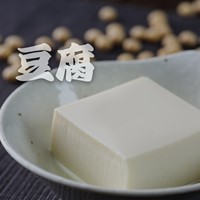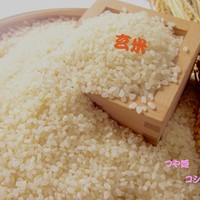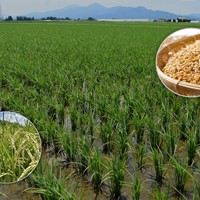Discovering the Delights of 'Shun (旬)' - Embracing Seasonal Cuisine in Japan

This article is contributed by HATA'S HAMPER.
What is "Shun (旬)"?
Have you ever been to a restaurant and asked for today's recommendation, the usual response always, "Asparagus is in season right now, so we recommend it," or "Today's seasonal fish dish is the sashimi of the autumn swordfish, which is fatty and delicious".

So what actually is great about – Shun 旬
When looking for fresh food ingredients in Japan, "Shun(in season)" is a good rule of thumb up when distinguishing deliciousness. Japan has four distinct seasons, and each season is filled with seasonal foods.
“Shun" refers to the time of year when a particular fresh foodstuff is at its best in terms of taste and quality. In-season foods are optimized for the climate and environment of the season and are at their peak nutritional value and flavor. Products in season “Shun” also takes advantage of the characteristics of each region's climate, so it is grown naturally according to the climate of each region, without relying on pesticides.

Fruit Heaven in Summer in Japan
And summer in Japan is the season of delicious fruits. Fruits in season during the summer include watermelon, blueberries, mangoes, and grapes, but one seasonal fruit that should not be forgotten is the “melon”.
World renown “Japanese melons”
Melons are grown in a wide variety of regions in Japan. Even overseas, Japanese melons are recognized as a luxury fruit. Below is a list of some of the most famous melon-growing regions in Japan.
Hokkaido
Known for producing high quality melons during the short summer season. Yubari melons, Furano melons, etc.
Aomori
Tsugaru melons are valued for their sweetness and flavor.
Yamagata
Cherry melons, etc.
Tochigi
The Utsunomiya melon is grown is known as a high quality variety.
Okayama
Tsuyama melons are characterized by its unique flavor and sweetness.
Kumamoto
Yatsushiro melons are known for their thick flesh and sweet flavor.
These are just a few examples of the many melons that can be found throughout Japan. Each region has different characteristics depending on the climate and land conditions, and you will be able to enjoy melons unique to each region.
Recently, the lemon melon, a cross between a lemon and a melon, has become a hot topic.

How to tell when melons are ready to eat
No matter which melon you buy, you know it tastes good, but when should you eat it?
Many people hesitate to cut melons because they know they taste good, but they wonder when they should eat them. It is difficult to know when it is time to eat melons that you can't see inside. It is often written that “melons are ready to eat about one week after harvest”, but you may have experienced that when you cut them open, they are not ready yet.
The following are a few points that can help you tell when a melon is ready to eat.
Aroma
Try sniffing close to the rind to see if you can detect a sweet aroma.
Color
Melons vary in color from variety to variety, but generally darken in color as they ripen. Mature melons are bright and uniform in color.
Touch
Touch the melon lightly. A ripe melon is slightly softer and should feel slightly subdued when lightly pressed with a finger. However, if it is too soft, it may be overripe.
Dents and wrinkles
The surface of the melon may have small dents or wrinkles. This is a sign of ripeness and may indicate that the melon is nearing maturity. However, it is still difficult to tell.
We asked a melon farmer who has been growing melons in Furano for over 50 years.
"The easiest way to tell is to observe the daily changes in the stem, which was juicy freshness when you bought it. If the stems, which were firm when you bought them, become dry and crumpled, they are ready to eat. This is the easiest way to tell the time to eat” he says.
While carefully observing these points, try to determine when the melon is ready to eat by checking its aroma and texture and If in doubt, look at the stem.
Still not sure if your money is well spent?, buy from reliable farm who can preselected for you.
Enjoy your eating life with “shun 旬“ in Japan

Nowadays, almost all types of fruits and vegetables can be purchased at supermarkets, regardless of their season, but it is best to eat them when they are in season! When you are aware of “ Shun” during your shopping in the supermarket, the ingredients to look for may change with the season.
If we pay attention to the seasons in Japan, the food on your home table will change with the seasons and you may taste the true Japanese ingredients. Enjoy the food in best time of the year in Japan.
Purchase Shun Vegetables Online
HATA's Hamper is an online delicatessen offering premium food in Japan. They provide a selection that celebrates the diverse flavors of Japan's changing seasons, along with options sourced from trusted farms. The website serves as a platform to share the allure and taste of seasonal foods while delivering the joy of savoring fresh, exceptional ingredients.
















